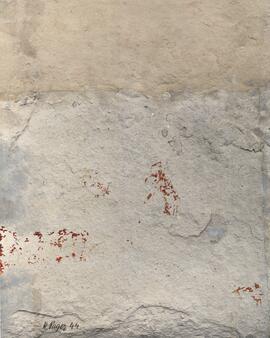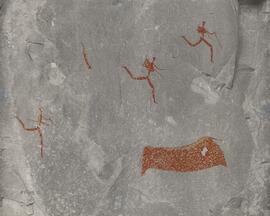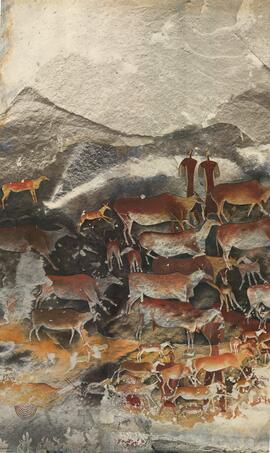HPC HPC-RARI-HPC-01-68HC.jpg
·
Item
Part of Pager, Harald
Digging sticks. Musical Instruments.
P45 pager F201. RARI











